by Yoav Zitun
Last week was one of the busiest weeks since the launch of the IDF's Operation Good Neighbor two years ago, as fierce fighting in the Syrian southwestern city of Deraa precipitated the flight of hundreds of thousands of Syrian refugees to the Israeli and Jordanian borders.Syrian children express their gratitude with drawings and one Syrian mother writes to an IDF officer: 'I hope the borders between us will one day be only geographical.'
Last week was one of the busiest weeks since the launch of the IDF's Operation Good Neighbor two
years ago, as fierce fighting in the Syrian southwestern city of Deraa
precipitated the flight of hundreds of thousands of Syrian refugees to
the Israeli and Jordanian borders.
The two phones on the desk of Lt. Col. A, who oversees the operation, almost never cease to ring. On one line he tends to constant requests from Syrian liaison officials for humanitarian aid to citizens who have fled the fighting near Deraa. On the other line, IDF military personnel are regularly keeping him apprised of the situation in the field.
Lt. Col. A, who served in the West Bank, says he didn't encounter such expressions of gratitude—including warm handshakes from Syrians—from the many Palestinians he encountered over the years who received humanitarian assistance from the IDF.
Hung on the walls of his office are pictures of his children. Opposite, is a framed picture of a Star of David that was drawn by a 9-year-old Syrian girl who suffered from severe diabetes and was taken to the Ziv Medical Center in Safed for treatment last year.
When she returned to Israel for a medical inspection, she came across Lt. Col. A. by chance. While they were taking, the girl asked to draw an Israeli flag for him, and she did so with help from her mother, who growing up was fed a daily diet of Israel-hatred.
For the 9 year old, drawing the Star of David proved a difficult task, but she was eventually able to complete the sketch, and add her own huge expression of warmth for the country with a little green heart drawn above, alongside her and the officer's names.
In recent months, quite a few such drawings have been given to IDF soldiers by Syrian children who discovered that their only place of refuge from a brutal regime proved to be a country they had been indoctrinated to loath. The drawings are perhaps the only way these children have to convey their gratitude for the Israeli hand that extended in their hour of need.
Despite the fighting in the ongoing Syrian civil war now being waged in the Syrian side of the Golan Heights, and the expected fall of rebel-held villages adjacent to Israel’s northern frontier into the hands of President Bashar Assad’s forces, the IDF has given no indication of any intention to abort Operation Good Neighbor, which was launched in June 2016 by the 210th Division of the Northern Command.
“There won't be support rallies for Israel by the border, but in another 15 years, a 19-year-old Syrian man who was operated on in Israel will see the two scars from the bullet he was hit by, and he will remember who saved his life, and he will tell his children too,” one officer from the Bashan Brigade, which carries out much of the humanitarian efforts on the border, told Ynet.
“It took time before we built trust with them. The first delivery of food that we sent them, they burned, because according to their customs, it is forbidden for an individual to accept help with food. So we began with food for babies and from there we sent sacks of flour weighing 25 kilograms to bakeries and that opened the door to other kinds of food,” the officer explained.
“There were also cases when they told us that our bulgur (wheat groats) didn’t taste good, but that was alright,” he quipped. “It testified to the level of trust that had been formed. Now we send—mainly to the people who have fled—food that doesn’t need to be cooked, like cans of beans, corn and hummus.”
“Designing reality, creating influence” is the motto behind Operation Good Neighbor, which appears to be bearing fruit. At the end of last week, dozens of tons of food and medical supplies were sent across the border to the Syrian side of the Golan Heights.
At the same time, four Syrian children and two adults who were seriously wounded in the fighting in Daraa received medical treatment in Israel. As the fighting continues, the IDF is expecting more to come.
Refugees from Deraa, the city in which the rebellion against Assad began seven years ago, have heard about Israel’s humanitarian efforts long ago, with many of the area's children receiving treatment from the IDF.
Most of the equipment that the IDF sends into Syria is donated by Israeli and foreign aid organizations and is estimated to be worth around NIS 275 million per year. Just the food sent to Syria last year was budgeted at NIS 10 million, at the IDF's expense.
“Since 2013, around 4,000 wounded Syrians have entered Israel. Some 1,300 children and 6,500 adults were treated at the clinic we established with the Americans on the border,” the officer said proudly. “Some 25,000 Syrians have received food and clothes from us, and our help has had an impact on 250,000 Syrians who live on the Syrian side of the Golan Heights."
“We made it clear that we would not get involved in the war, and that we would continue supporting them with humanitarian aid later on as well. There are a few scenarios we're examining (if Assad regains control of the area), including the continuation of the aid through alternative avenues rather than directly,” the officer explained.
“This area will continue to be dangerous and that's where terrorists come in. That’s why we have an interest in ensuring that life in the Syrian part of the Golan Heights is reasonable.”
Lt. Col. A's bag, which he carries to all of his meetings, contains a letter from a 35-year-old Syrian woman written in Arabic after she was treated in Israel.
“I am grateful to the people of Israel and to the IDF for helping us and giving us medical supplies and food. I hope that the borders between us will one day be purely geographical. Yours, a stranger in my country.”
The two phones on the desk of Lt. Col. A, who oversees the operation, almost never cease to ring. On one line he tends to constant requests from Syrian liaison officials for humanitarian aid to citizens who have fled the fighting near Deraa. On the other line, IDF military personnel are regularly keeping him apprised of the situation in the field.
Lt. Col. A, who served in the West Bank, says he didn't encounter such expressions of gratitude—including warm handshakes from Syrians—from the many Palestinians he encountered over the years who received humanitarian assistance from the IDF.
Hung on the walls of his office are pictures of his children. Opposite, is a framed picture of a Star of David that was drawn by a 9-year-old Syrian girl who suffered from severe diabetes and was taken to the Ziv Medical Center in Safed for treatment last year.
When she returned to Israel for a medical inspection, she came across Lt. Col. A. by chance. While they were taking, the girl asked to draw an Israeli flag for him, and she did so with help from her mother, who growing up was fed a daily diet of Israel-hatred.
For the 9 year old, drawing the Star of David proved a difficult task, but she was eventually able to complete the sketch, and add her own huge expression of warmth for the country with a little green heart drawn above, alongside her and the officer's names.
In recent months, quite a few such drawings have been given to IDF soldiers by Syrian children who discovered that their only place of refuge from a brutal regime proved to be a country they had been indoctrinated to loath. The drawings are perhaps the only way these children have to convey their gratitude for the Israeli hand that extended in their hour of need.
Despite the fighting in the ongoing Syrian civil war now being waged in the Syrian side of the Golan Heights, and the expected fall of rebel-held villages adjacent to Israel’s northern frontier into the hands of President Bashar Assad’s forces, the IDF has given no indication of any intention to abort Operation Good Neighbor, which was launched in June 2016 by the 210th Division of the Northern Command.
“There won't be support rallies for Israel by the border, but in another 15 years, a 19-year-old Syrian man who was operated on in Israel will see the two scars from the bullet he was hit by, and he will remember who saved his life, and he will tell his children too,” one officer from the Bashan Brigade, which carries out much of the humanitarian efforts on the border, told Ynet.
“It took time before we built trust with them. The first delivery of food that we sent them, they burned, because according to their customs, it is forbidden for an individual to accept help with food. So we began with food for babies and from there we sent sacks of flour weighing 25 kilograms to bakeries and that opened the door to other kinds of food,” the officer explained.
“There were also cases when they told us that our bulgur (wheat groats) didn’t taste good, but that was alright,” he quipped. “It testified to the level of trust that had been formed. Now we send—mainly to the people who have fled—food that doesn’t need to be cooked, like cans of beans, corn and hummus.”
“Designing reality, creating influence” is the motto behind Operation Good Neighbor, which appears to be bearing fruit. At the end of last week, dozens of tons of food and medical supplies were sent across the border to the Syrian side of the Golan Heights.
At the same time, four Syrian children and two adults who were seriously wounded in the fighting in Daraa received medical treatment in Israel. As the fighting continues, the IDF is expecting more to come.
Refugees from Deraa, the city in which the rebellion against Assad began seven years ago, have heard about Israel’s humanitarian efforts long ago, with many of the area's children receiving treatment from the IDF.
Most of the equipment that the IDF sends into Syria is donated by Israeli and foreign aid organizations and is estimated to be worth around NIS 275 million per year. Just the food sent to Syria last year was budgeted at NIS 10 million, at the IDF's expense.
“Since 2013, around 4,000 wounded Syrians have entered Israel. Some 1,300 children and 6,500 adults were treated at the clinic we established with the Americans on the border,” the officer said proudly. “Some 25,000 Syrians have received food and clothes from us, and our help has had an impact on 250,000 Syrians who live on the Syrian side of the Golan Heights."
“We made it clear that we would not get involved in the war, and that we would continue supporting them with humanitarian aid later on as well. There are a few scenarios we're examining (if Assad regains control of the area), including the continuation of the aid through alternative avenues rather than directly,” the officer explained.
“This area will continue to be dangerous and that's where terrorists come in. That’s why we have an interest in ensuring that life in the Syrian part of the Golan Heights is reasonable.”
Lt. Col. A's bag, which he carries to all of his meetings, contains a letter from a 35-year-old Syrian woman written in Arabic after she was treated in Israel.
“I am grateful to the people of Israel and to the IDF for helping us and giving us medical supplies and food. I hope that the borders between us will one day be purely geographical. Yours, a stranger in my country.”
Yoav Zitun
Source: https://www.ynetnews.com/articles/0,7340,L-5305194,00.html
Follow Middle East and Terrorism on Twitter
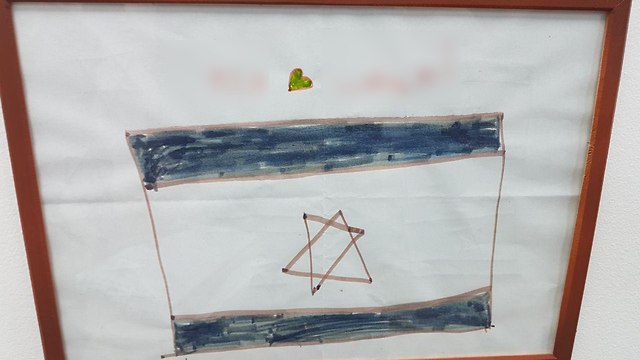
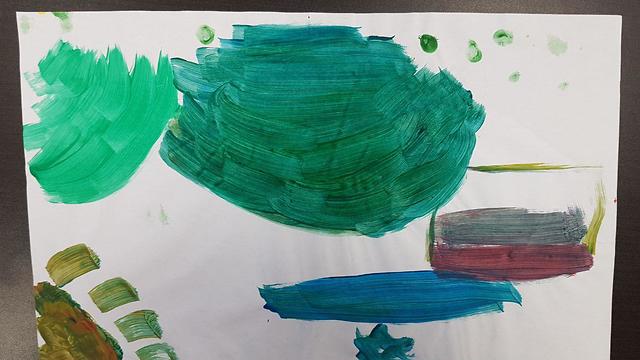

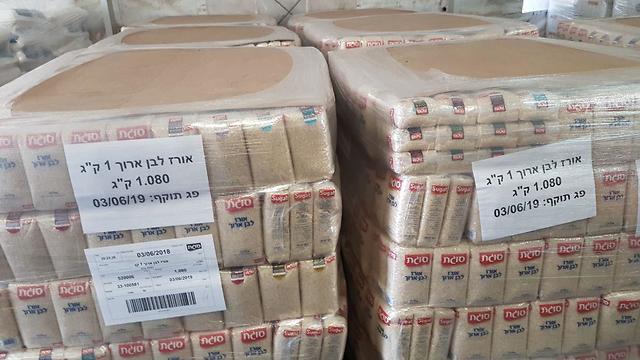
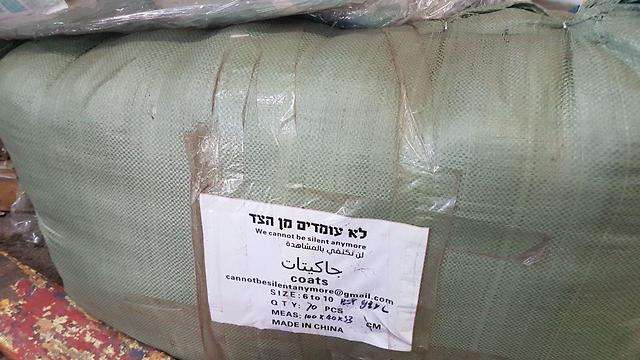

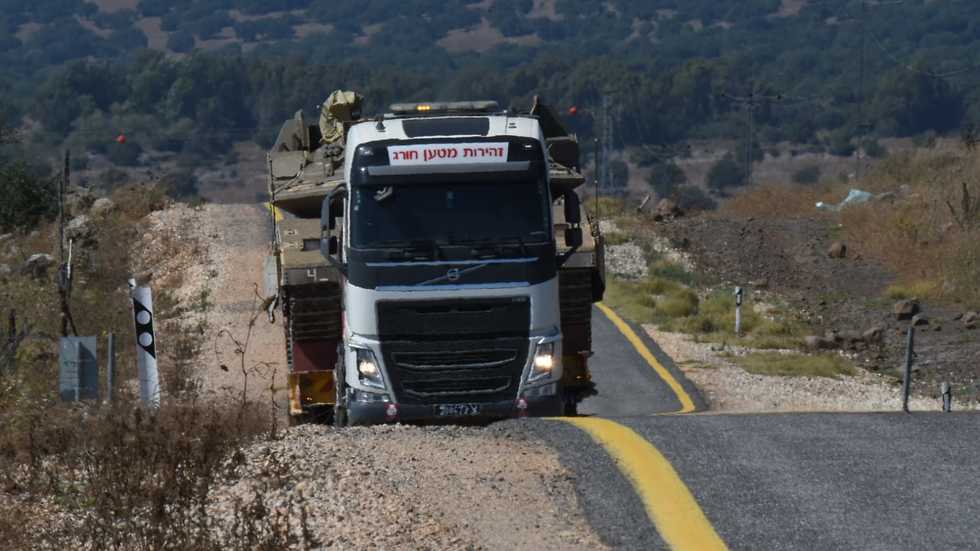
No comments:
Post a Comment